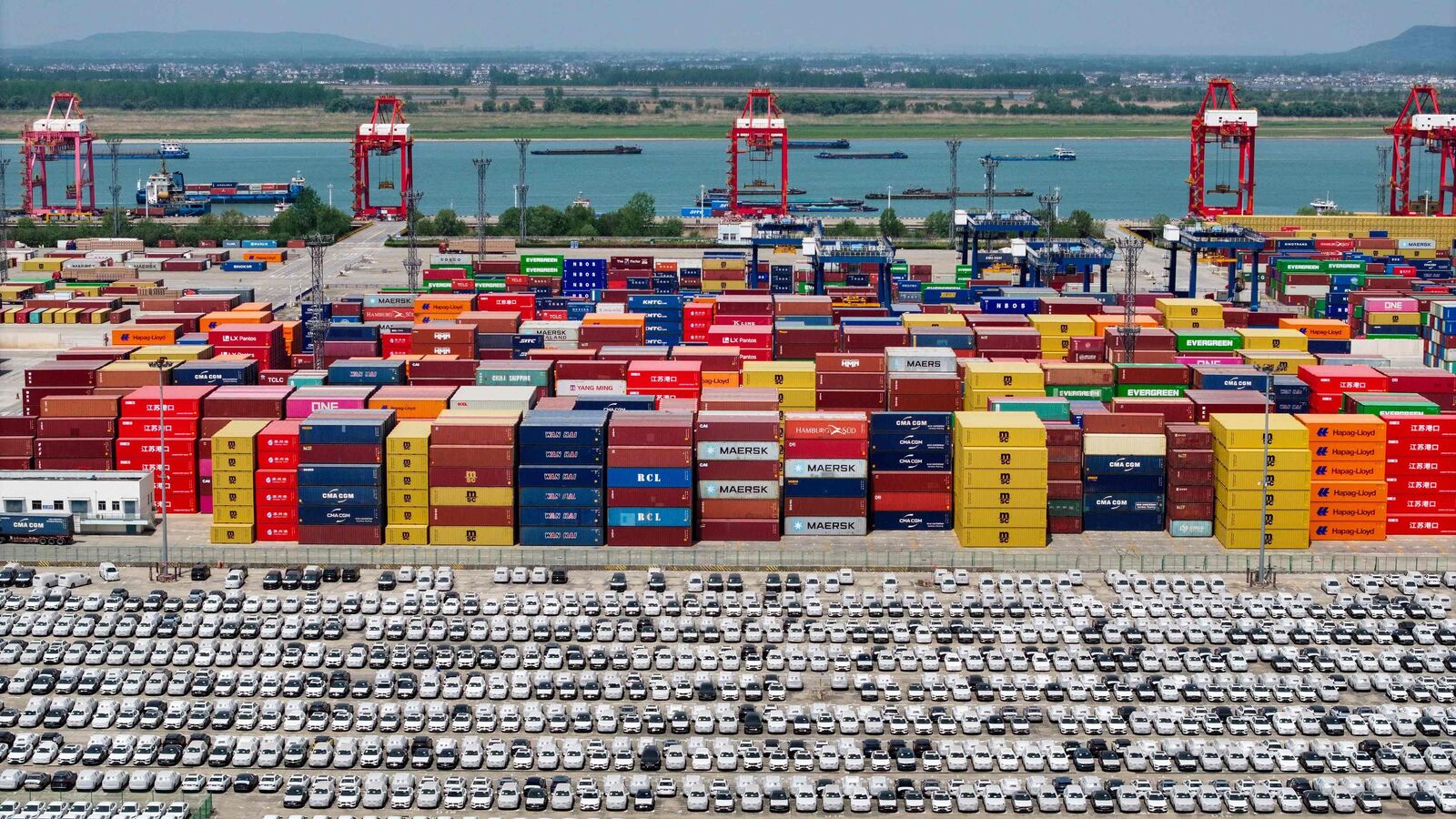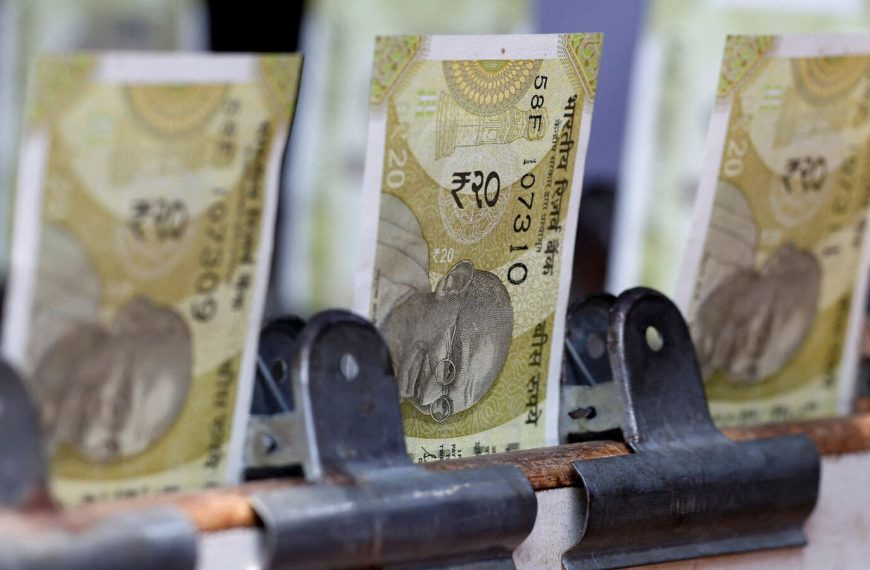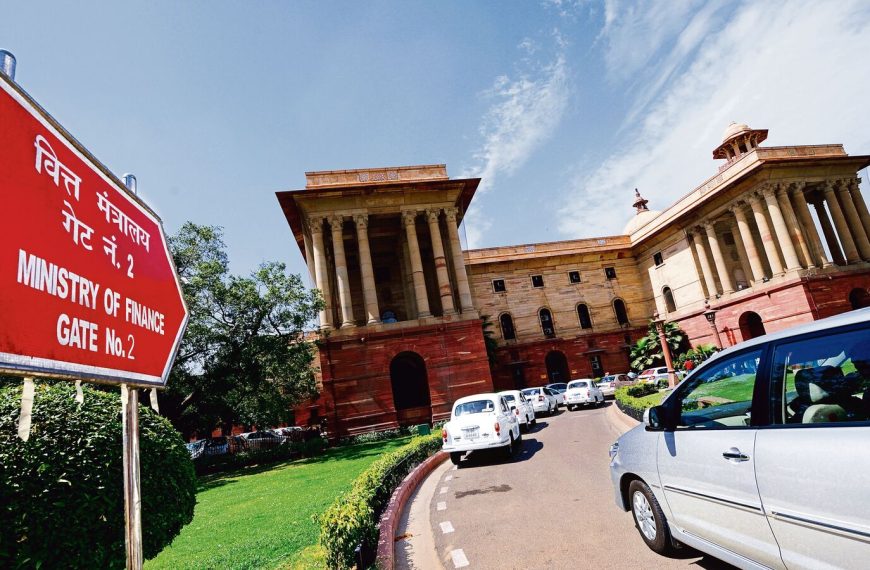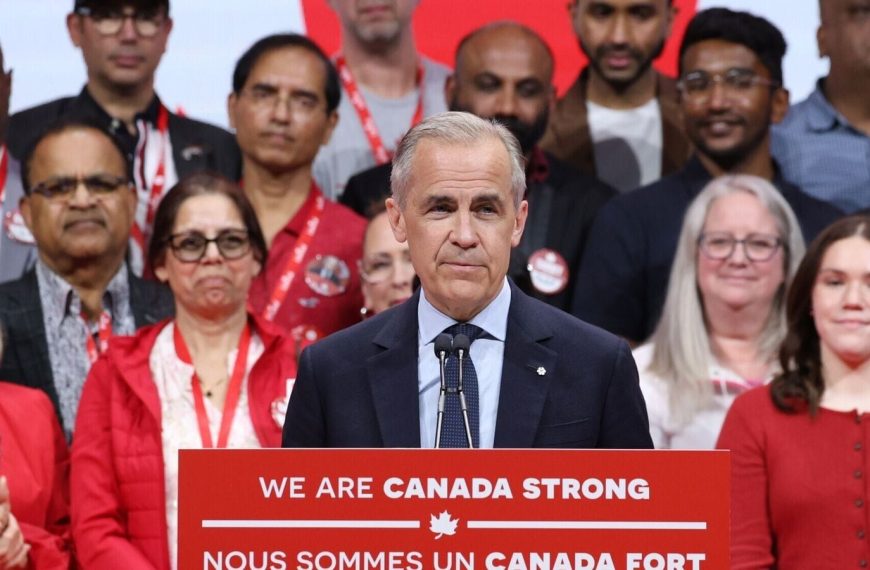In a noteworthy advancement for international relations, India and the United States are on track to finalize a crucial bilateral trade agreement by the fall of this year. Recently, officials from India’s Department of Commerce and the Office of the U.S. Trade Representative convened in Washington, D.C., aiming to accelerate negotiations that began in New Delhi earlier this year. This agreement is poised to reshape economic ties between the two nations, benefiting both economies.
Progress in Trade Negotiations
The discussions, held from April 23 to April 25, focused on a variety of essential topics including tariff reductions and the elimination of non-tariff barriers. As part of their strategy, delegates sought to secure early benefits in key sectors and outline a plan to complete this first phase of their extensive trade agreement.
- Key Discussion Points:
- Tariff and non-tariff barriers
- Sector-specific opportunities for collaboration
- Roadmap for the first phase of agreements
This meeting signifies a revitalization of economic collaboration, especially after the commitment made in February to enhance bilateral economic relationships and supply chain cooperation. If successful, this trade agreement would provide India with more flexibility in response to U.S. tariffs proposed by previous administrations.
Upcoming Meetings and Future Outlook
The recent talks pave the way for additional detailed in-person discussions anticipated to commence by the end of May, complementing ongoing virtual dialogues among technical teams. This trade deal would mark India’s first major bilateral agreement with a developed nation in several years, potentially serving as a model for future trade endeavors.
- Expected Outcomes:
- Strengthened economic ties
- A potential template for future trade agreements
Scott Bessent, the U.S. Treasury Secretary, recently noted that several key trading partners, including India, have presented valuable proposals to avert new tariffs. If the negotiations culminate successfully, this would represent the most comprehensive trade pact between the two democracies in over a decade, countering rising protectionism and fostering robust trade partnerships amidst global economic challenges.
Challenges and Opportunities Ahead
While there are still hurdles to overcome, particularly concerning sensitive topics like digital trade and regulatory standards, the discussions have been characterized as “fruitful” and optimistic. The chief negotiator for India, Rajesh Agrawal, led the recent delegation in Washington, while the U.S. team was headed by Brendan Lynch, the Assistant U.S. Trade Representative for South and Central Asia.
Trade Growth Statistics
Bilateral trade between India and the U.S. has witnessed substantial growth, with figures reaching $131.84 billion in the fiscal year 2024-25—an increase of 10.13% from the previous year. Specifically, Indian exports to the U.S. surged by 11.6%, climbing from $77.52 billion to $86.51 billion, while imports rose by 7.42%, from $42.20 billion to $45.33 billion.
With these promising developments, both nations are poised for a transformative period in their trade relations, aiming for mutual prosperity and enhanced cooperation in the global marketplace.











